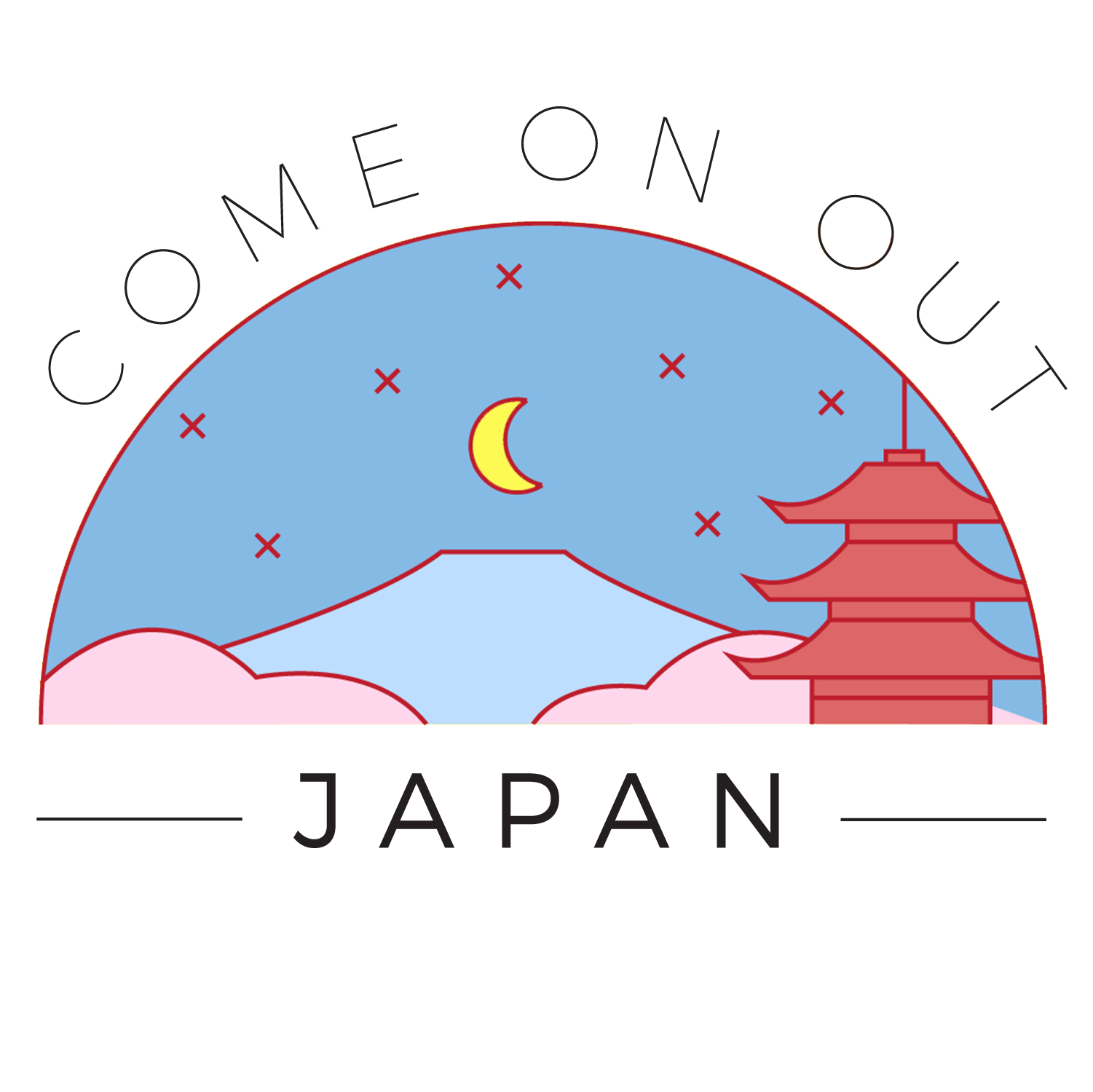Japan is famous for amazing heritage sites located throughout the country. I had the fortune of touring the Kanto region, specifically Tokyo and Yokohama, to view some of these peaceful locations.
In the Asakusa district, there is the Kaminarimon Gate (雷門) with two large statues of Buddhist deities. Their names are Fujin and Raijin. Through the gates, there is a shopping street, Nakamise-dori, that leads to a Buddhist temple called Sensoji Temple (浅草寺). Without going into too much historical detail, Sensoji Temple is considered Tokyo’s oldest: 645 AD. I travelled with a few local friends who told me that when you pray, you don’t need to clap your hands since it is a Buddhist temple. The shrine has a beautiful garden and a five-story pagoda.
During 730 AD, in Otemachi, Tokyo, the Kanda Myojin Shrine (神田明神) was built. The temple was moved in 1603 to its current location, close to Akihabara, and now sells talismans blessing electronics and technology. This shrine also hosts the Kanda Matsuri, one of the biggest festivals in Japan, every year. My friends and I enjoyed the peaceful atmosphere as we sat in the courtyard to take a break.
In between Shinjuku and Shibuya on the Yamanote Line is Harajuku Station. Located nearby is a forest in the middle of the city. Here you find Meiji Shrine (明治神宮) and Yoyogi Park (代々木公園). The torii gate is the entrance to the shrine grounds, and the tranquil forest surrounds everything from all sides, completely blocking out noise of the city. I found myself buying a couple charms as part of the Shinto shrine tradition reading: good health and good fortune. My friends and I sat at a bench to enjoy the view and drink water—the summer heat was strong that day.
The last temple I visited in Tokyo was Zojoji Temple (三縁山増上寺), right beside Tokyo Tower and encompassed by Shiba Park. This temple is a major tourist destination due to its proximity to Tokyo Tower. It is relatively close to Hamamatsucho Station and is another Buddhist Temple.
Of course, there are other small shrines and temples located throughout Tōkyō, but unfortunately I didn’t have time to visit them all. My next stop was Yokohama—the first harbour city originally used as the entrance to Japan by the rest of the world long ago. From there I travelled to the small but festive town of Kamakura to see the great Buddha statue, or Daibutsu (大仏). Although Daibutsu is not a Shrine or temple, it is still an important historical site and national treasure of Japan. The colossal bronze statue is a model of Amida-butsu, also known as the Amitābha Buddha. It is said to be almost 800 years old from temple records.
Not too far from the Daibutsu is Hokokuji Temple (報国寺). As I walked the pathway to this shrine, the scenery changed, and walls of bamboo soared up to the sky. The secluded atmosphere makes this shrine a wonderful place to relax and contemplate. I pulled out an old book to sketch some of the elegant scenery. Supposedly, there are over 2000 bamboo stalks that make up the forest.
The last place I visited was Tsurugaoka Hachimangu (鶴岡八幡宮) in Kamakura. Its origins stem from the Kamakura government and the samurai god, Hachiman. Upon entering the torii gate, a long pathway leads to a shrine maiden dancing stage. I actually visited this shrine a few times because of its unique beauty. However, be warned that it is always busy during the day. I recommend visiting in the late afternoon or early evening.
Written by Gillian Dickie, 2019 Global English Camp intern
Edited by Paige Goetz, Director of Communications










